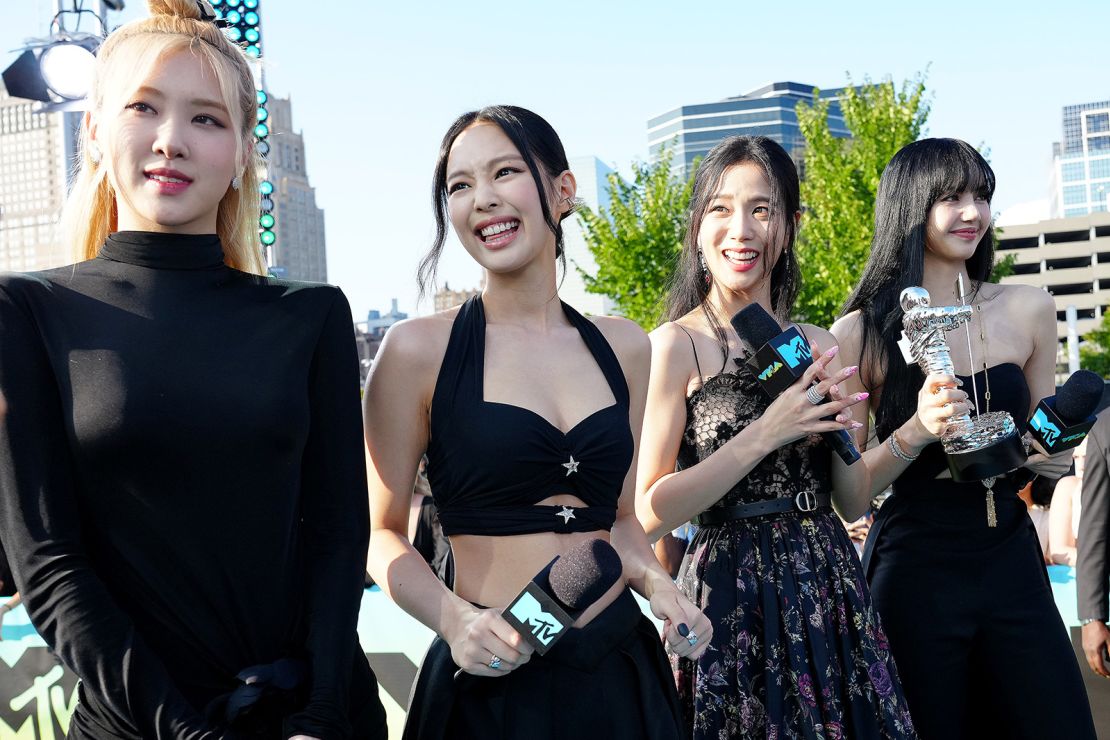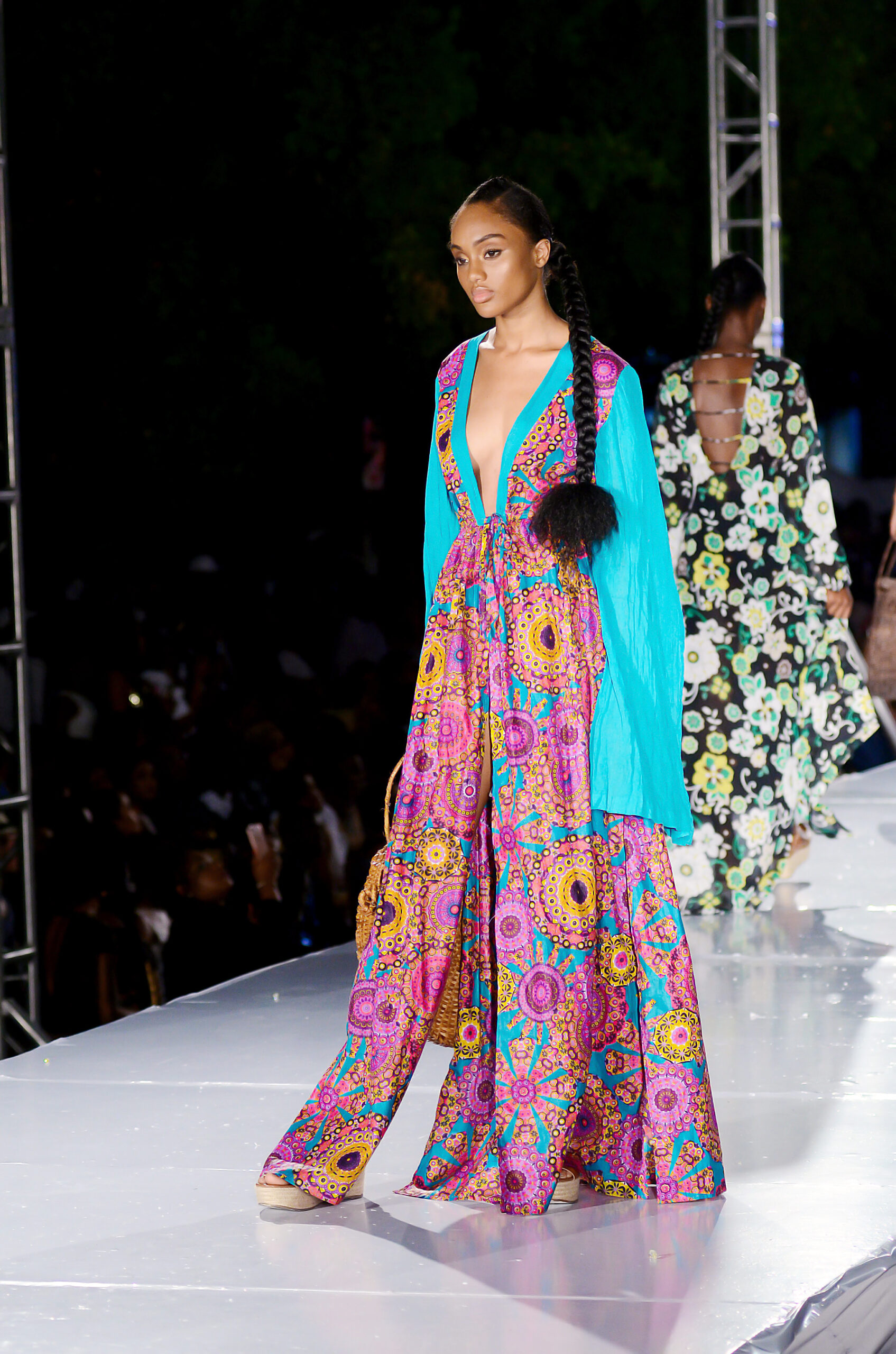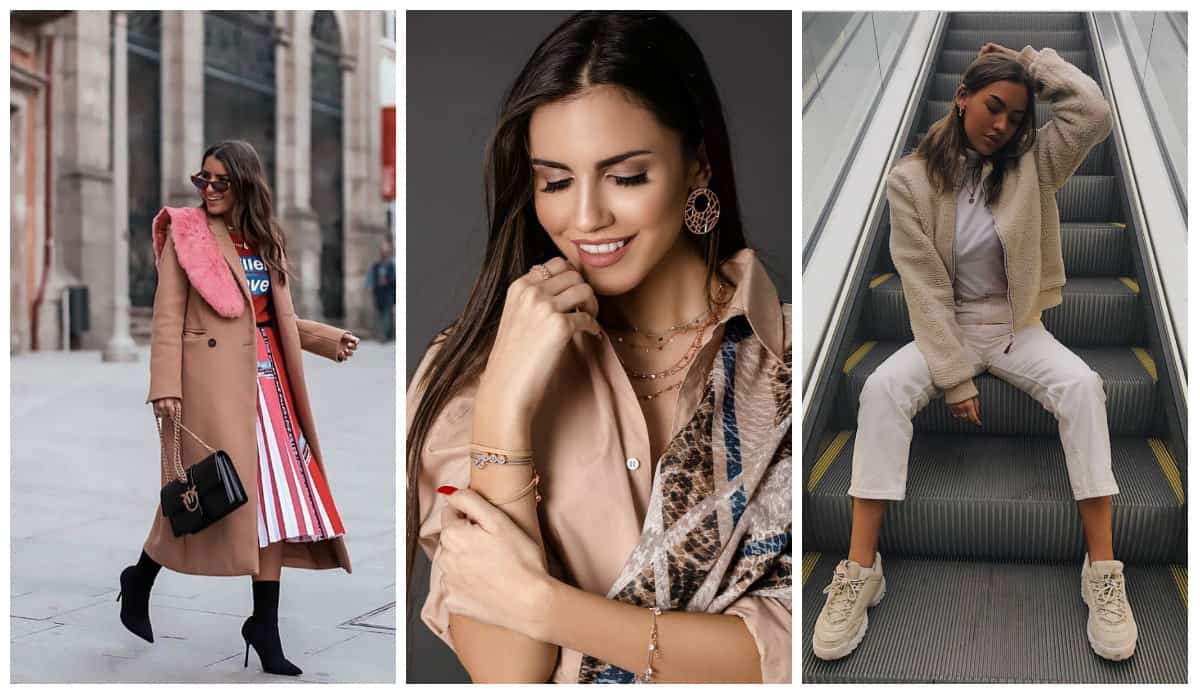“It’s not just music. It’s a lifestyle, a runway, and a revolution.”
The Fashion Phenomenon You Didn’t See Coming
A few years ago, you might’ve brushed off K-pop as just another teenage obsession. Fast-forward to now, and you’ll find K-pop idols gracing the front rows of fashion weeks in Paris, Milan, and New York—dressed head to toe in Chanel, Prada, or streetwear that hasn’t even dropped yet.
K-pop isn’t just a genre—it’s become one of the biggest catalysts for change in global fashion. And it’s not happening quietly.
From Seoul to the World: The Rise of the K-pop Aesthetic
K-pop’s influence didn’t start with brand deals. It started in Seoul’s buzzing underground fashion scenes, where stylists took cues from street culture, vintage Americana, and even anime. The result? A look that didn’t conform to Western fashion norms. It played with gender, texture, silhouettes—basically, anything goes if it’s got flair.
When Big Bang hit the scene in the late 2000s, they wore oversized coats, biker gloves, and metallic pants. G-Dragon, in particular, stood out. With his fearless style and art-school energy, he paved the way for K-pop fashion as we know it: bold, experimental, and unapologetically individual.
Idols as Style Icons (and Unofficial Brand Ambassadors)
In K-pop, the styling is part of the show. Each comeback brings not only a new song but also a fresh wardrobe—a thematic aesthetic shift that turns heads globally. BLACKPINK’s Lisa can wear an Alexander Wang crop top one day and switch to Thai streetwear the next, without missing a beat. BTS’s V pairs Céline blazers with boxy schoolboy shorts and makes it look high fashion.
Before luxury brands officially tapped them, K-pop stars were already creating cultural currency. Their Instagram posts sold out collections faster than billboards. It wasn’t long before fashion houses started to notice.
K-pop x High Fashion: A Power Collaboration
Let’s talk numbers. When BTS became global ambassadors for Louis Vuitton, sales in certain markets spiked. BLACKPINK’s Jennie—affectionately dubbed “Human Chanel”—caused a 25% online engagement jump for the brand’s campaign posts featuring her.
But it’s more than metrics. These partnerships redefined fashion’s gatekeeping. Suddenly, Korean idols were influencing not just what teens wore in Bangkok or Brooklyn, but also what walked down couture runways in Paris.
Iconic Moments Worth Remembering:
- Jimin at Dior Men’s SS23: His minimalist look in neutral tones redefined K-pop fashion as sleek and grown-up.
- CL at Met Gala 2021: Draped in denim Hanbok-inspired couture by Alexander Wang—a statement that screamed cultural pride meets global glam.
- BLACKPINK at Paris Fashion Week 2022: Each member showed up repping a different brand, essentially owning the week.
Beyond the Labels: What K-pop Fashion Really Means
At its heart, K-pop fashion is about fluidity and transformation. Idols aren’t confined by gender norms. Men wear lace and leather corsets; women don baggy suits and combat boots—and nobody blinks. That visual freedom challenges global norms and gives young fans a language for self-expression that feels more inclusive.
Fashion, through the K-pop lens, becomes a playground—not a rulebook.
The Ripple Effect: How Fans Changed the Industry
Let’s not forget the fandoms. K-pop fans aren’t passive observers. They’re stylists, content creators, trendsetters. TikTok and Instagram are flooded with fashion recreations, thrift flips, and “get the look” reels inspired by idols’ airport outfits or concert costumes.
Streetwear brands like Ader Error, Stylenanda, and Gentle Monster exploded internationally, thanks largely to the K-pop fashion pipeline. Korean designers now have a global stage—something unimaginable a decade ago.
What’s Next? The Future Is Already Here
Now that brands know the power of a K-pop co-sign, we’re likely to see even deeper collaborations. But here’s the kicker: K-pop fashion doesn’t wait for luxury approval. It evolves in real-time, driven by creative stylists, experimental idols, and fearless fans.
From climate-conscious upcycling to virtual fashion for AI avatars (yes, really), the scene is already pushing boundaries that many Western fashion circles haven’t dared touch yet.
Final Thoughts: More Than Just Clothes
K-pop fashion is culture in motion. It’s where style meets sound, where a crop-top becomes a statement, and a stage outfit becomes streetwear.
It’s not about chasing trends—it’s about rewriting them.
So the next time someone tells you this is just catchy music, show them a clip of Taemin performing in a sheer turtleneck and pleated trousers under a strobe-lit sky. That’s not just a concert—that’s couture.
💬 What do you think?
Did this change the way you view fashion? Drop your thoughts in the comments or share your favorite idol-inspired outfit. Let’s keep the style conversation going.



